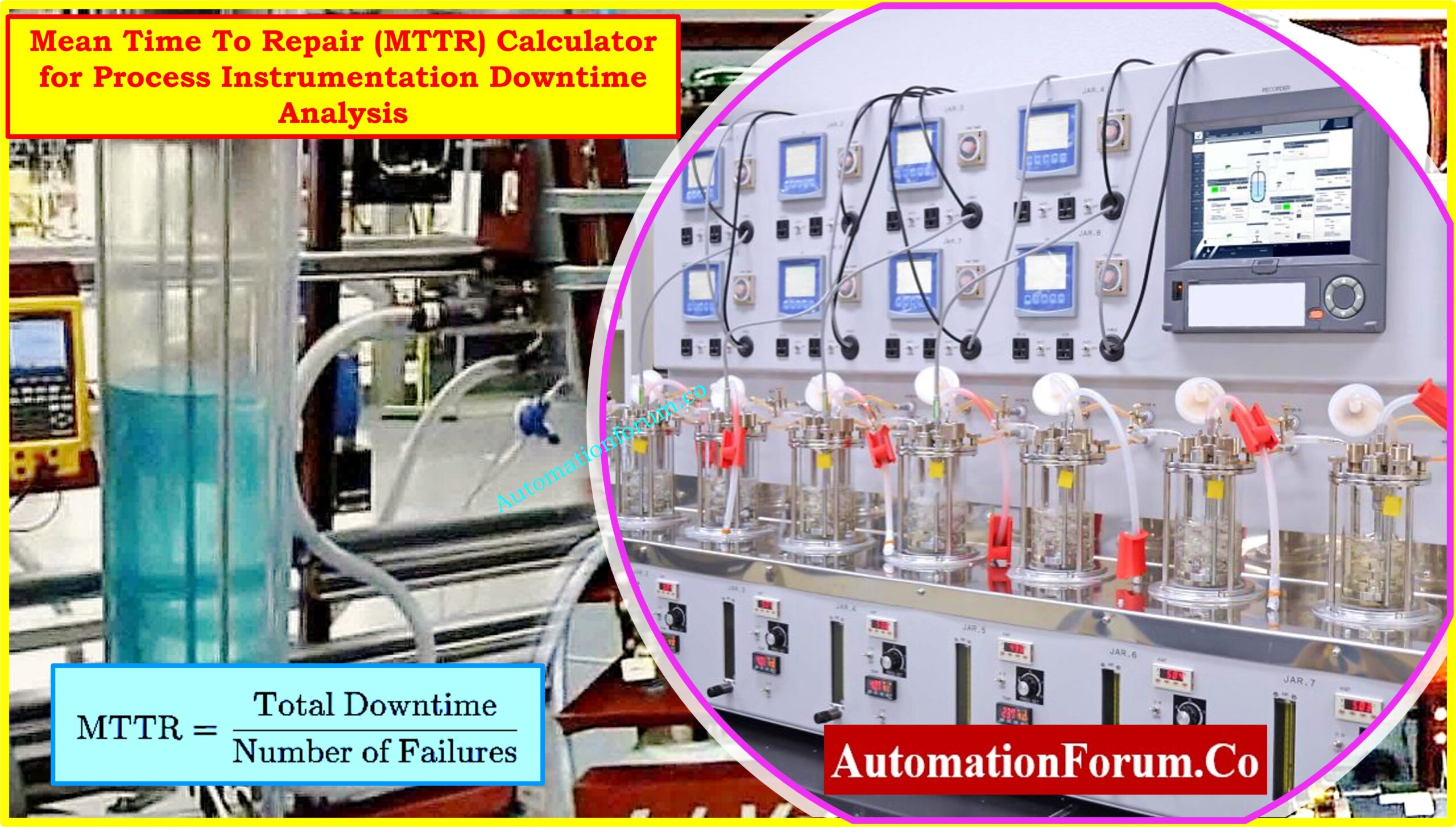- Class A Tolerance Calculator – RTD (Resistance Temperature Detector)
- How to Use RTD Class A Tolerance Calculator?
- What is the Tolerance of a Class A RTD?
- Formula for RTD Class A Tolerance Calculator
- Example RTD Class A Tolerance Calculation
- Applications and Benefits RTD Class A Tolerance Calculator
- Class A RTD Tolerance Values According to DIN IEC 60751
- What is the accuracy of Pt100 Class A?
- What is the difference between a class A and class B in RTD?
- What is the accuracy of pt100 Class A?
An RTD (Resistance Temperature Detector) is a highly accurate temperature sensor widely used in industrial applications. The accuracy of an RTD is defined by its tolerance class, with Class A being one of the most precise according to the DIN IEC 60751 standard.
This RTD Class A Tolerance Calculator helps you determine the permissible deviation in resistance for a specific temperature, ensuring your RTD measurements are within the defined accuracy limits.
Class A Tolerance Calculator – RTD (Resistance Temperature Detector)
How to Use RTD Class A Tolerance Calculator?
- Select the RTD Type: Choose the type of RTD configuration (2-wire, 3-wire, or 4-wire) used in your application.
- Input the Temperature: Enter the temperature in degrees Celsius (°C) at which you need to calculate the tolerance.
- Calculate the Tolerance: The calculator will provide the Class A tolerance value according to the DIN IEC 60751 standard, giving you the acceptable range for the RTD’s resistance at the given temperature.
What is the Tolerance of a Class A RTD?

The tolerance of a Class A RTD is a measure of its accuracy at a given temperature. This tolerance is most precise at 0°C and changes as the temperature increases or decreases. The tolerance for a Class A RTD is calculated using the following equation:
Formula for RTD Class A Tolerance Calculator
The Class A tolerance according to the DIN IEC 60751 standard is calculated using the following formula:

Where:
- The temperature, T, is expressed in Celsius degrees.
- The absolute value |T| ensures that the tolerance calculation is correct for both positive and negative temperatures.
Example RTD Class A Tolerance Calculation
For an RTD operating at 150°C, the Class A tolerance is calculated as:
Tolerance = ± (0.15 + 0.002 × |T|) °C
Tolerance = ± 0.15 + (0.002 × 150) °C
Tolerance = ± (0.15 + 0.3) °C
Tolerance = ± = 0.45°C
This means the RTD’s resistance can deviate by up to ±0.45°C from the actual temperature, and it will still be within Class A tolerance limits.
Click here to know about various method of RTD Tolerance Calculation
Applications and Benefits RTD Class A Tolerance Calculator
- Ensure accurate temperature measurements in critical industrial processes.
- Aid in the calibration and validation of temperature measurement instruments to maintain accuracy.
- Guarantee that your measurements comply with high-precision temperature measurement standards.
- The RTD Class A Tolerance Calculator based on the DIN IEC 60751 standard is an essential tool for engineers and technicians who require accurate temperature measurements.
- Designed to be accessible, making it easy for engineers and technicians to use, even with minimal technical expertise.
- Flexible tool supporting various RTD types (e.g., Pt100, Pt1000), catering to diverse applications.
- By using this calculator, you can be confident that your RTD readings meet the strict specifications necessary for high-precision applications.
Class A RTD Tolerance Values According to DIN IEC 60751
The below table showing the Class A RTD tolerance values according to the DIN IEC 60751 standard. This table provides the permissible temperature deviation for different temperatures.
This table is useful for quickly determining the acceptable range of temperature deviations for a given RTD and ensuring that the measurements are within the specified Class A tolerance.
What is the accuracy of Pt100 Class A?
| Temperature (°C) | Resistance (?) | Tolerance (°C) | Tolerance (?) |
| -200 | 18.52 | ±0.55 | ±0.24 |
| -100 | 60.26 | ±0.35 | ±0.14 |
| 0 | 100.00 | ±0.15 | ±0.06 |
| 100 | 138.51 | ±0.35 | ±0.13 |
| 200 | 175.86 | ±0.55 | ±0.20 |
| 300 | 212.05 | ±0.75 | ±0.27 |
| 400 | 247.09 | ±0.95 | ±0.33 |
| 500 | 280.98 | ±1.15 | ±0.38 |
| 600 | 313.71 | ±1.35 | ±0.43 |
| 650 | 329.64 | ±1.45 | ±0.46 |
Click here for RTD Calculator: Converting Measured Resistance to Process Temperature
- The tolerance in °C is calculated using the formula: Tolerance = ±(0.15 + 0.002 × |T|) °C, where T is the temperature in degrees Celsius.
- The tolerance in ohms is specific to a Pt100 RTD, which has a nominal resistance of 100 ohms at 0°C.
- The resistance tolerance is derived from the temperature tolerance using the sensitivity of the Pt100 RTD, which is approximately 0.385 ?/°C at 0°C.
What is the difference between a class A and class B in RTD?
Class A RTD offers higher accuracy with tighter tolerance (±0.15 + 0.0020 |t|)°C, ideal for precise temperature measurement in critical applications.
Class B RTD has a wider tolerance (±0.30 + 0.0050 |t|)°C, suitable for general industrial use where extreme precision is less critical.
What is the accuracy of pt100 Class A?
The accuracy of a PT100 Class A RTD is ±(0.15 + 0.0020 × |t|)°C, where |t| is the temperature in °C. This ensures high precision, making Class A RTDs suitable for applications requiring precise temperature measurements.
Here you can refer more Online Instrumentation Calculators Collections





